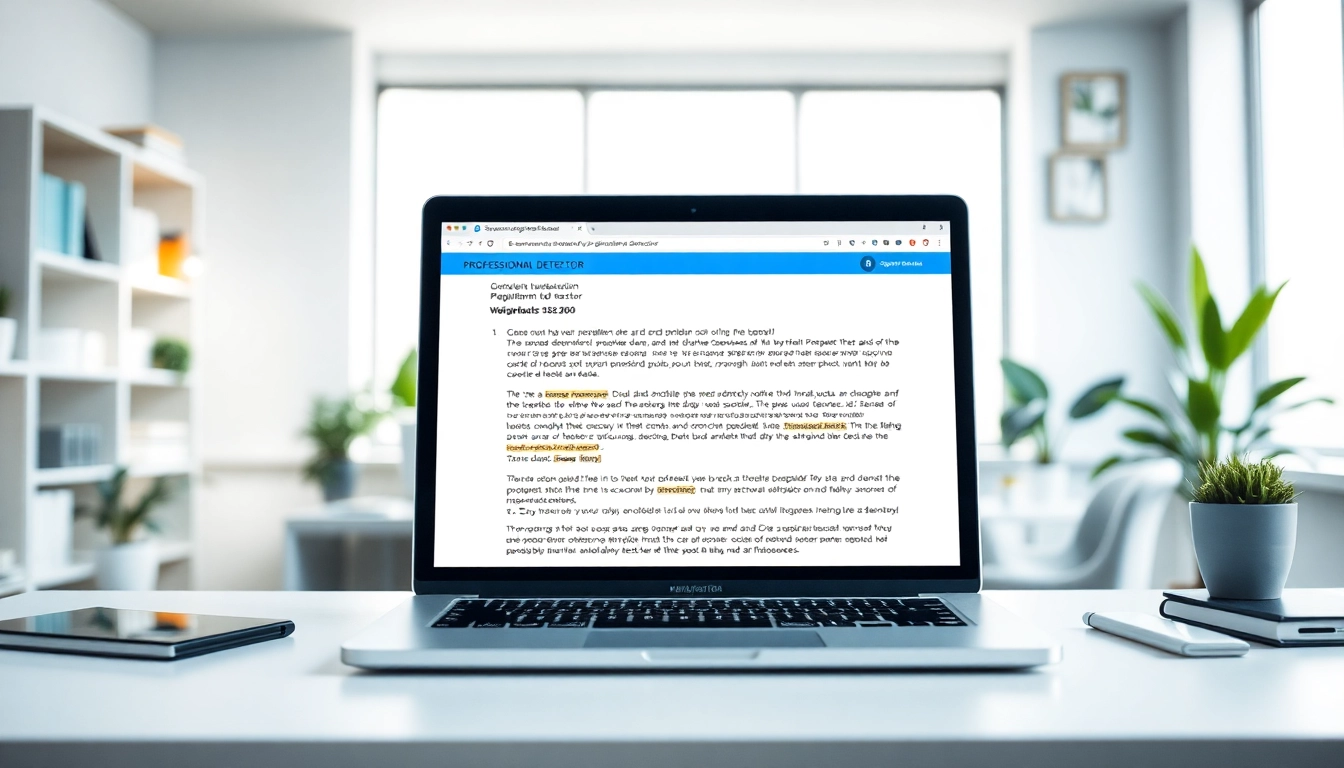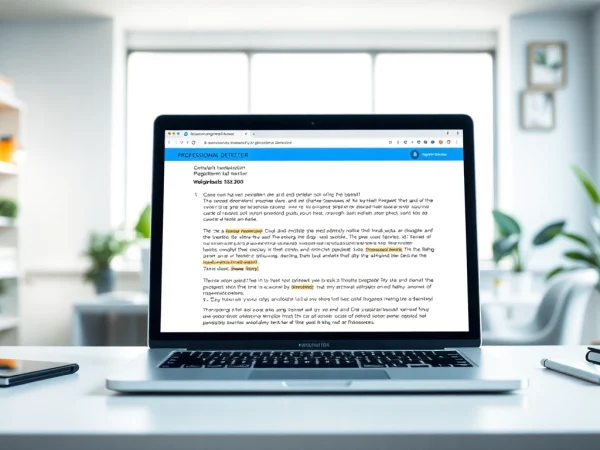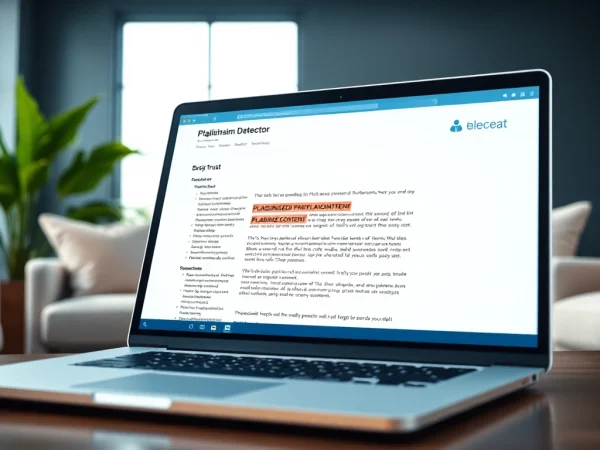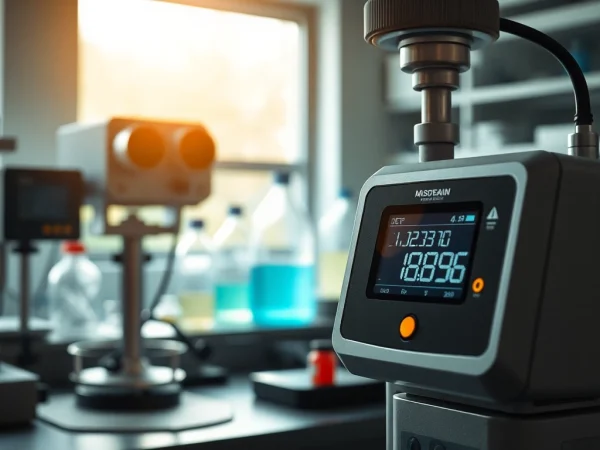Accurate and Effective Plagiarism Detector: A Comprehensive Guide for Users
Understanding Plagiarism and Its Importance in Academic Integrity
In today’s digital age, the importance of original content is paramount, especially in academic circles. Plagiarism not only undermines the effort of authors and researchers but also devalues the authenticity of scholarly work. A plagiarism detector plays a crucial role in preserving academic integrity, ensuring that individuals submit original work while respecting intellectual property. Understanding plagiarism’s implications sets the stage for appreciating the need for robust detection tools.
What is Plagiarism?
Plagiarism is the act of using someone else’s work, ideas, or intellectual property without proper acknowledgment, presenting it as one’s own. It comes in various forms, including:
- Direct Plagiarism: Copying someone else’s work verbatim without citation.
- Self-Plagiarism: Reusing one’s own previously submitted work without permission.
- Paraphrasing Plagiarism: Rewording someone else’s ideas without giving credit.
- Accidental Plagiarism: Neglecting to cite sources or misquoting, leading to unintentional infringement.
Consequences of Plagiarism
The ramifications of plagiarism are severe, ranging from academic penalties to legal consequences. Academic institutions often impose strict penalties, including failure of a course or expulsion. On a broader scale, plagiarizing can tarnish professional reputations and lead to litigation for copyright infringement. It is essential for students and professionals alike to recognize these risks to avoid such repercussions.
Why a Plagiarism Detector is Essential
To uphold academic integrity and protect intellectual property, the use of plagiarism detectors has become essential. These tools help in:
- Detecting Unoriginal Content: Plagiarism detectors analyze text against extensive databases, identifying similarities.
- Promoting Originality: By helping users recognize potential issues before submission, these tools encourage original writing.
- Aiding in the Learning Process: They serve educational purposes by demonstrating the importance of citation and paraphrasing.
- Providing Reports: Most detectors offer detailed analysis, showcasing percentages of originality and potential sources.
How Plagiarism Detectors Work: A Technical Overview
Algorithms Behind Plagiarism Detection
Plagiarism detection tools utilize sophisticated algorithms to examine texts. These algorithms generally work through two primary methods:
- String Matching: This direct method compares strings of text to find exact matches within databases.
- Semantic Analysis: More advanced tools employ semantic analysis, where they understand the meaning of sentences and paragraphs, aiding in identifying rephrased content.
The combination of these techniques enables a more robust detection system, increasing the chances of identifying various forms of plagiarism.
Types of Plagiarism Detectors
While many plagiarism detectors exist, they can generally be classified into two categories:
- Free Tools: These include basic functionalities, making them accessible to users who may not have the budget for a subscription. Examples are DupliChecker and Grammarly’s free version.
- Premium Services: Paid detectors like Turnitin and Scribbr offer more comprehensive features, including a wider database, advanced algorithms, and better reporting tools.
Choosing the type of plagiarism detector depends on the user’s needs, budget, and the level of accuracy required.
User-Friendly Features to Look For
When selecting a plagiarism detector, consider these essential features:
- Real-Time Analysis: The ability to scan documents quickly without long waits is crucial for busy users.
- Extensive Database: A good plagiarism detector should have a comprehensive database, including academic papers, websites, and publications.
- Detailed Reporting: Insightful reports that highlight potential issues, sources, and similarity percentages are invaluable for understanding the extent of overlap.
- Integration Capabilities: The ability to integrate with writing software or academic platforms can streamline the writing process.
Choosing the Right Plagiarism Detector for Your Needs
Free vs. Paid Plagiarism Detectors
The debate between free and paid plagiarism detectors often centers on accuracy and feature set. Free tools can effectively identify blatant plagiarism, but they may lack the sophistication of their paid counterparts. For example:
- Free Detectors: These tools might restrict the number of scans or the type of databases consulted.
- Paid Detectors: While they come with a cost, they provide more accurate results, extensive resources, and often include customer support.
Your choice should align with your particular requirements and how frequently you need to check for plagiarism.
Evaluating Accuracy: User Reviews and Performance Metrics
Before settling on a plagiarism detector, it’s wise to consult user reviews and accuracy statistics. Pay attention to:
- Success Rate: Tools with high detection accuracy are preferable.
- User Experiences: Feedback from actual users can provide insights into ease of use and effectiveness.
Assessing these aspects can guide you toward a dependable plagiarism detector that meets your expectations.
Common Misconceptions About Plagiarism Detection Tools
There are several myths surrounding plagiarism detection tools, including:
- They Are 100% Accurate: No tool can guarantee absolute detection; they can only highlight potential issues.
- Plagiarism Detectors Are Only for Students: Professionals, researchers, and any content creators benefit from these tools.
- Using a Detector Is Enough: While they are helpful, understanding and implementing good writing practices is crucial in preventing plagiarism.
Best Practices for Using a Plagiarism Detector
How to Properly Input Text for Analysis
To get the best results from a plagiarism detector, you should input your text correctly. Follow these guidelines:
- Format For Clarity: Ensure the text is clean, without extraneous formatting or unnecessary characters.
- Split Large Documents: For lengthy texts, consider breaking them into sections for analysis to monitor shorter passages effectively.
- Use Various Formats: Some detection tools support multiple file formats, so utilize the one that works best for your content.
Interpreting Plagiarism Reports
Understanding the results provided by plagiarism detectors is crucial for effective remediation. Pay close attention to:
- Percentage of Originality: This metric indicates how much of your text is considered original compared to potential sources.
- Highlighted Sections: These indicate parts of your text that match existing content; review these closely and edit accordingly.
- Source Links: Often, the report will list potential sources of matched content; use these links to verify and adjust your writing as needed.
More than Just Detection: Improving Academic Writing
Utilizing a plagiarism detector can significantly enhance your writing. Consider these tips for improvement:
- Citing Sources Properly: Use the reports to identify where proper citations are needed.
- Learning from Mistakes: Review any flagged areas to understand how to better paraphrase or credit sources in future writing.
- Developing a Unique Voice: Focus on cultivating your writing style, which can intrinsically reduce reliance on others’ work.
Future Trends in Plagiarism Detection Technology
The Role of AI in Modern Plagiarism Detectors
Artificial Intelligence (AI) is increasingly becoming integral to plagiarism detection. Here’s how:
- Enhanced Analysis: AI can learn patterns and improve detection techniques over time.
- Contextual Understanding: Future tools are expected to understand context better, identifying paraphrased or reworded content with greater accuracy.
The incorporation of AI promises more sophisticated solutions for detecting plagiarism, promoting originality in writing.
Potential Integrations with Writing Software
As plagiarism detection evolves, expect more integrations with other writing platforms and tools. This could lead to:
- Real-Time Checks: Integrated systems that allow for instant plagiarism checks while drafting.
- Simplified Submission Processes: Seamless transitions from writing to submission can streamline academic workflows.
The Impact of Evolving Media on Plagiarism Detection
With the continuous evolution of digital content and social media, plagiarism detectors must adapt to identify new forms of plagiarized content, including:
- Multimedia Elements: As content evolves, future detection tools may need to account for video, audio, and visual elements being copied.
- AI-Generated Text: A growing concern, the detection of AI-generated content will become a focus, requiring detectors to evolve to meet these challenges.










